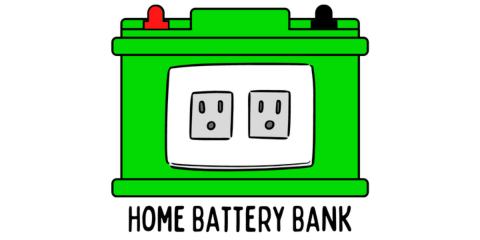The world of generators seems to get really confusing the minute people start talking about “floating neutral”, “bonded”, and “grounding” generators.
Some people inadvertently mix these terms up and some people are just completely misinformed about all of these terms.
Let’s try to keep this short and sweet and hopefully you’ll leave with a better understanding about what your generator is and what you should do with it.
A floating neutral generator has a neutral circuit that is not connected to the ground wire or to the earth ground in any way. Most residential generators are floating neutral, whereas most construction site generators have a bonded neutral and ground.
| Type of Generator | Difference | Notes |
|---|---|---|
| Floating Neutral (unbonded) | Neutral is completely separate from the ground circuit | Most residential units are floating neutral, as they are compatible with most transfer switches when powering a house |
| Bonded | Neutral and ground circuits are bonded (physically touch) within the generator itself | Bonded generators are required by code to be used on construction sites and are able to trip a breaker (protect the worker) if there is a ground fault |
What is Floating Neutral in a Generator?
As you read above, a floating neutral generator has a neutral circuit that is completely separated from the ground wire, the frame of the generator, and therefore the earth ground as well.
Let’s break this down if these terms are all new for you. I will use a wall outlet in your house first to make a point, and then we’ll transfer that knowledge to your generator.
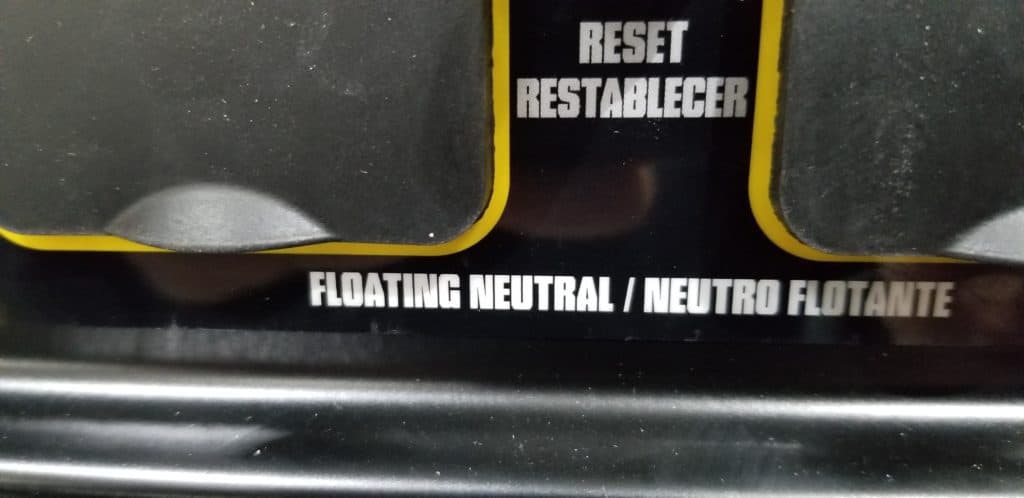
When electricity comes out of your main breaker and flows through the hot wire (black), through the wall outlet, it will then enter into an appliance and do work (we’ll use a metal toaster for this example), and the return path back to the source (the main panel) will be via the neutral wire (white).
If you’ve looked at a plug for many appliances, you’ll see that they often have a third prong on the bottom. That is the “ground” prong.
During normal operation, the ground prong does NOT carry any current. However, it is essential to have the ground prong on certain appliances in case there is a problem with the wiring between the hot and the neutral.
Let’s say your main breaker is sending current through your wall outlet and to the same toaster. The toaster, however, has a disconnected hot wire and it is actually touching the frame of the toaster on the inside, which in turn electrifies it. The return current via the neutral has been disrupted.
It is now a shock hazard, right?
Well, if the ground wire is in place, the ground wire itself is attached to the frame of the toaster which is electrified. Now the current will travel back to the main breaker because at the main breaker of your house the ground and the neutral are bonded together (they are physically touching the same place). The ground wire serves as an alternate path back to the source in the event of a situation like this!
Once the current meets back up with the neutral at the main panel and completes the circuit, the breaker for the toaster will sense a surge of electricity since the toaster didn’t do any work, and the breaker will trip due to the current spike and cease the flow of electricity.
This all happens within a fraction of a second, and you were likely never in any danger because of the faulty wiring.
Now, when it comes to plugging a toaster directly into your generator, there are generators that are “bonded”, where the neutral and the ground wire connect within the generator itself, and there are “floating neutral” generators where there is no bond between the neutral and the ground. They are two separate circuits.
With a bonded generator, the disconnected hot wire in our toaster would result in the same outcome. The breaker would trip.
With a floating neutral generator, the breaker would not trip because there would not be a return path back to the neutral. Instead, the frame of the toaster would be energized, and then the current would energize the frame of the generator as it travels back along the ground wire.
The frame of the generator and the toaster would both pose a shock hazard to the user.
And no, just in case you were thinking it, being grounded does not protect you from being shocked. That is only to try to mitigate damage from lighting and other freak surges of electricity. Bonding protects you from shock, as it will trip the breaker. Grounding mitigates damage from lighting. See my other article here that breaks these concepts down into basic terms for the beginner to understand.
What is the Purpose of Floating Neutral
You might be wondering what the purpose of a floating neutral generator is when there is the possibility of a shock occurring with a ground fault (that disconnected hot wire).
The main purpose for a residential generator having a floating neutral is so that it can be hooked up to a home’s transfer switch and not violate code. Since a home’s main breaker is already bonded, there cannot safely exist another bond between the neutral and ground in the same circuit.
What I mean by this is that if a generator is powering a home and there exists a ground fault with our favorite toaster, the current will head back to the main breaker and transfer switch via the ground wire and bond with the neutral wire as well.
Since the generator is the source, and not the main breaker and transfer switch, the current will then return to the generator. Since the generator is floating neutral, and NOT bonded, the current will only travel back to the generator via the neutral wire.
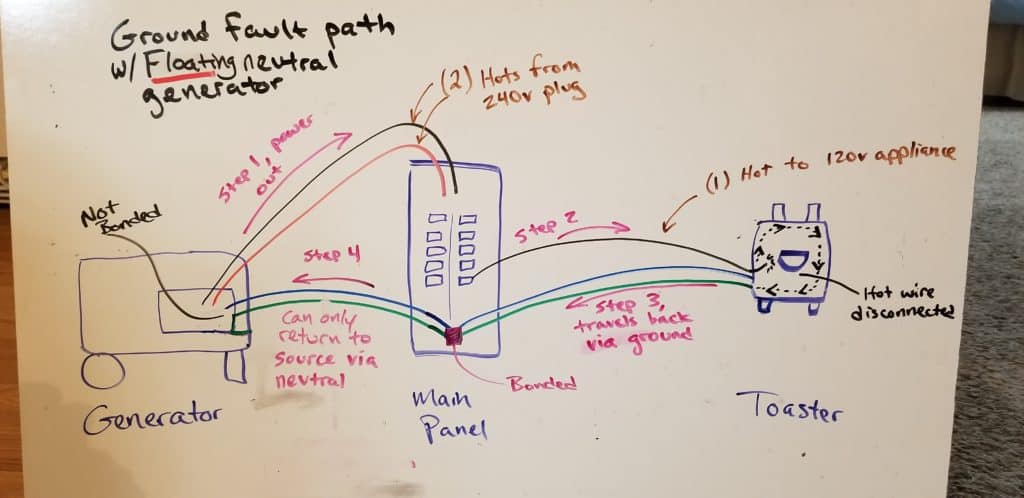
If your generator was bonded, then the ground fault current would go from the toaster to the main breaker via the ground wire. It would then meet with the neutral but it would travel back to the generator via the generator’s ground AND neutral wires since they are bonded at both the main breaker and at the generator itself.
With a bond at two locations, you’ve effectively created a circuit within a circuit. Current can travel along both wires when it should only be traveling on one.
Having a bonded generator with most transfer switches would be a violation of code.
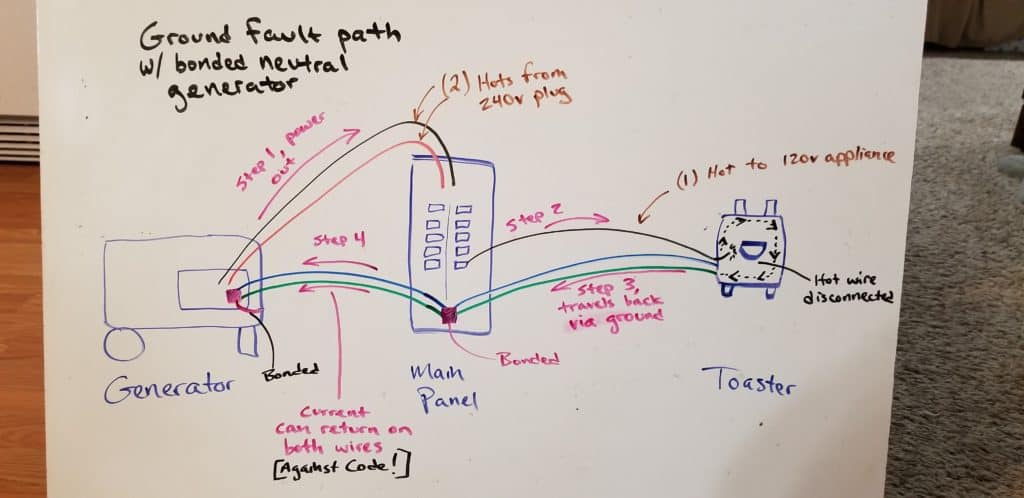
Most transfer switches do not switch the neutrals when delegating power to certain breakers. If you have a bonded generator and feed power to a house, you must use a transfer switch that switches the neutral of that particular breaker to the generator.
The alternative would be to unbond your generator and make it a floating neutral. You will want to consult your manual on how to do this with your particular make and model if you are not familiar with the wiring of generators.
To see two great diagrams of a transfer switch that switches the neutral and one that doesn’t, check out this article from another website. It’s the first 2 images beyond the image at the top of the page.
How Do I Know if My Generator is Floating Neutral
As a general rule, you can check to see if your generator is floating neutral by using a multimeter to check for continuity between the ground and the neutral on one of the generators outlets. If the multimeter does not beep or shows “OL” on the digital display, then your generator is floating neutral.
Here are the steps to check if your generator is Floating Neutral
- On your multimeter, there will be a symbol that looks like a horseshoe. Go ahead and switch it to that.
- Make sure your generator is off.
- Insert one lead into the ground socket on the 120 outlet (if the 120 outlet is bonded, then the 240 outlet will be the same and vice versa) and the other in the neutral. Wiggle them around a little to make sure you’ve got a good connection.
- Listen for the beep and check your display. “OL” will signify that current is not shared between the ground and the neutral and your generator is indeed a floating neutral.
You can also put one lead of the multimeter into the neutral slot of the outlet, and the other lead on the designated ground stud that is on your generator’s panel.
Most new generators will say what they are right on the unit itself. I wouldn’t trust this until you verify it yourself. The same can be said for any used generators that you purchase. Always verify, since you don’t know what alterations the previous owner did and you don’t want it to mess with your transfer switch!
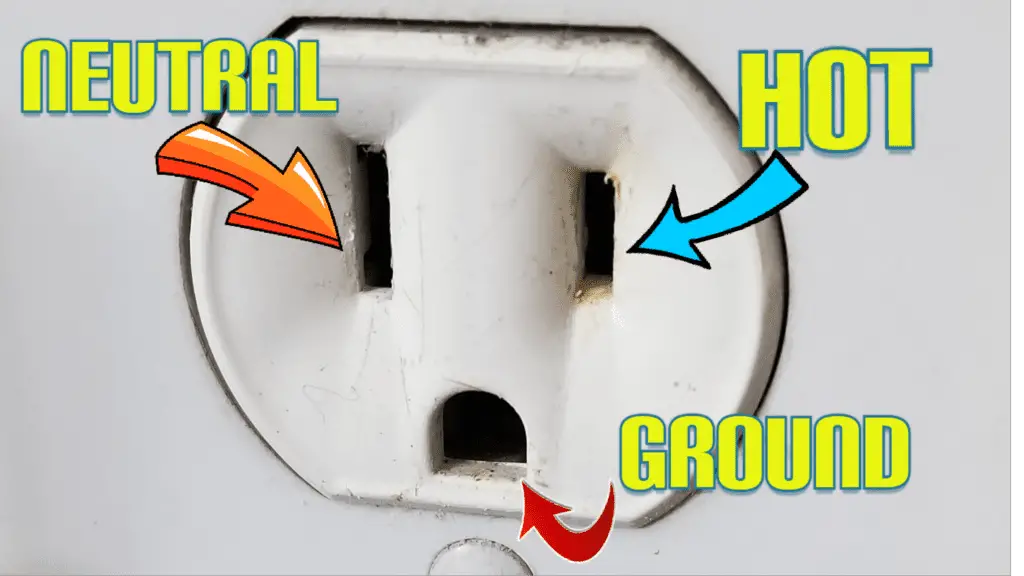
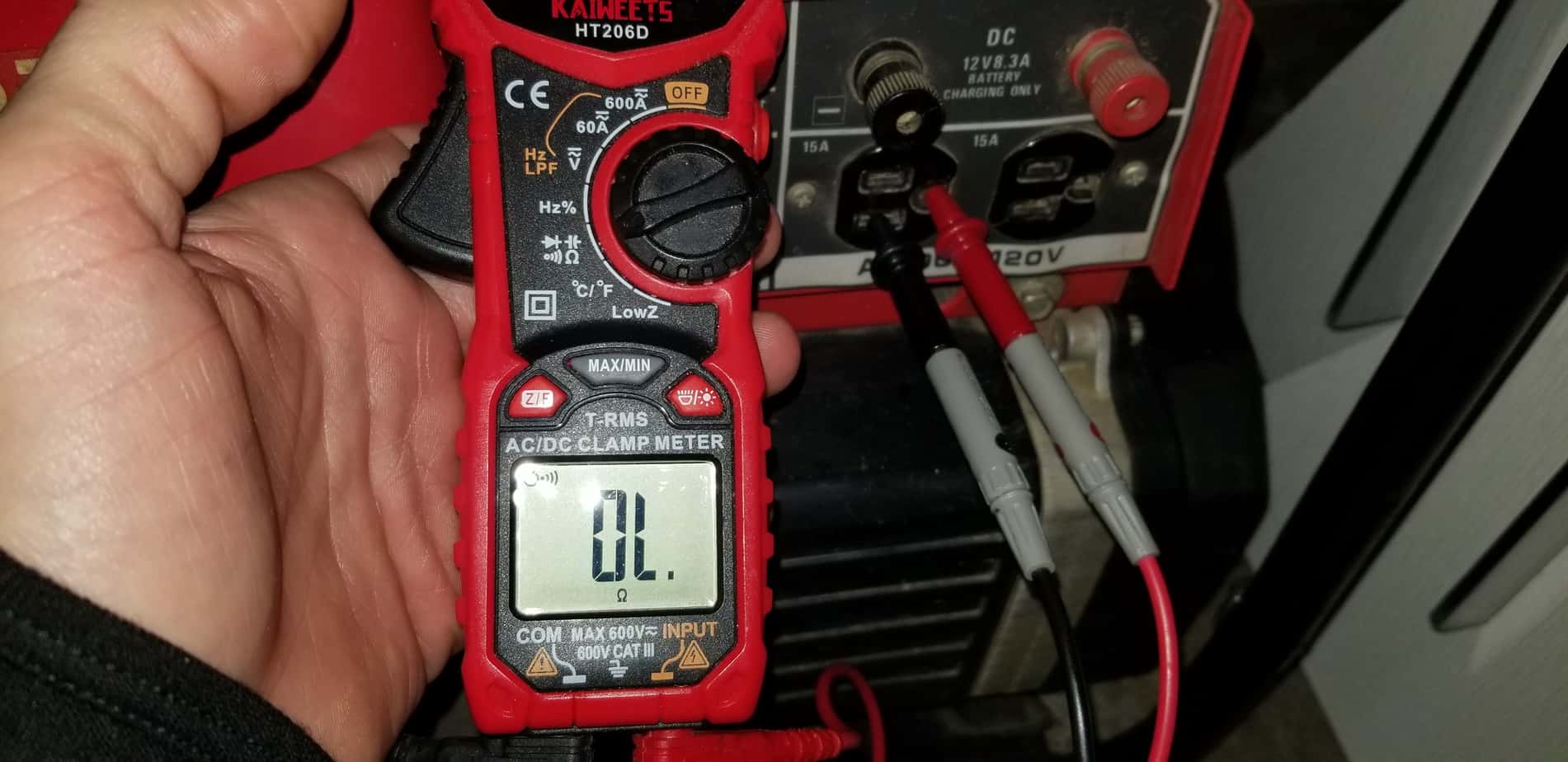
Should You Ground a Floating Neutral Generator
When plugging items directly into the generator itself, a floating generator does not need a ground rod since the generator’s frame serves as the earth ground contact. When powering a house, a separate ground rod is not required if the transfer switch does not switch the neutral on the circuits to be powered since the generator is not a “separately derived system”.
That seemed like a mouthful if you are not familiar with the concepts of bonding vs. grounding a generator. I have an entire article here that is dedicated to breaking down these concepts in easy to understand terms and examples for a beginner and I highly recommend checking it out. It’s a little long since there’s a lot to cover, but it’s a thorough breakdown of these complex topics into simple language.
How to Bond a Floating Neutral Generator
Bonding a floating neutral generator can be accomplished by connecting a wire or cable between the neutral and ground under the alternator cap of your generator, or by inserting an aftermarket “Edison” plug in which the neutral and ground prongs are bonded together within the casing. Consult your manual or manufacturer for the best course of action.
Remember that bonding a floating neutral generator is not required for residential use under any codes that I could find. It will certainly make it safer for use in the event that you’re plugging items directly into the generator and working in a semi-wet environment. That’s why it’s required for construction sites.
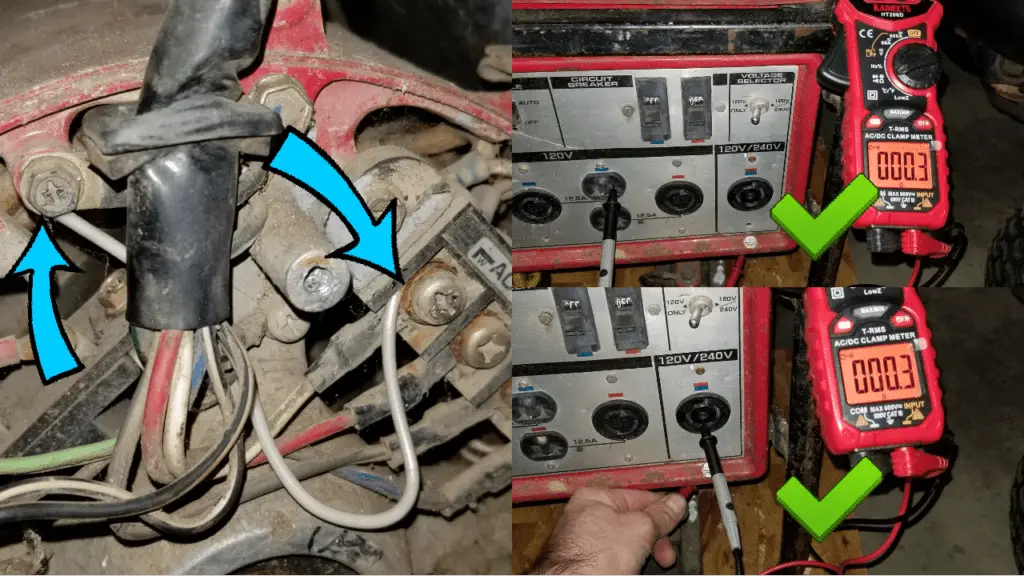
If powering your home, you will NOT want to have a bonded generator UNLESS your transfer switch actually switches the neutral circuit for the breakers that will be powered (removes the neutral from the house and ties the neutral from that particular breaker to the generator itself).
Most transfer switches keep the neutral intact, so a floating neutral generator is perfect for those circumstances.
